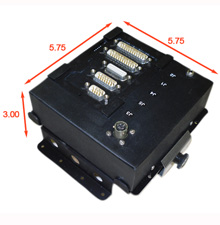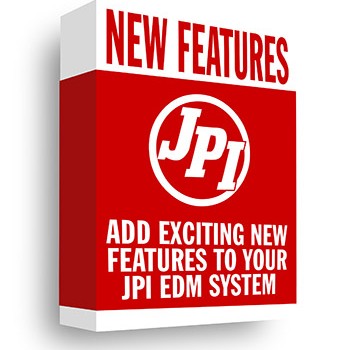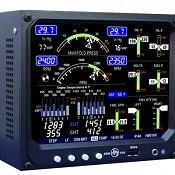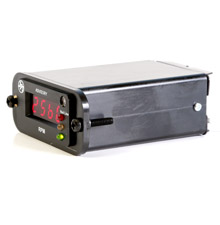Electronic Data Management Systems: How It Works

The basics of electronic data management systems (EDMS) in aircraft are pretty simple, the EDMS essentially consists of two parts – probes & sensors and the display unit(s).

The basics of electronic data management systems (EDMS) in aircraft are pretty simple, the EDMS essentially consists of two parts – probes & sensors and the display unit(s).

Understanding how the digital EGT display numbers relate to fuel consumption, aircraft range and endurance, engine power for fuel management and power plant management is absolutely essential for a safe and successful flight.

Aircraft Digital Instrument and Monitoring System basically replaced the OEM vintage dials and gauges that aircraft until a decade or so ago, came equipped with.
The patented excuse that a cockpit with OEM dials and gauges looks better that the modern digital ones no longer holds true.

Difficult to believe but there are many pilots out there that still rely on the old method of calculating fuel use i.e. with a calculator.
Flight navigation and engine instrumentation systems were until a few years ago, two completely independent units.
The beauty of an Aircraft Engine Monitoring System and Aircraft Digital Instrument lies not in its looks but in the features it offers and the accuracy of its performance.
The EDM 740 from JP Instruments offers improved fuel economy, extends engine life and reduces maintenance costs.
Aircraft Fuel Flow (FF) is probably one of the most important of aircraft engine parameters that need to be captured.
There are numerous single and twin engine aircraft out there that were manufactured in the 50’s and are still buzzing the skies in America.